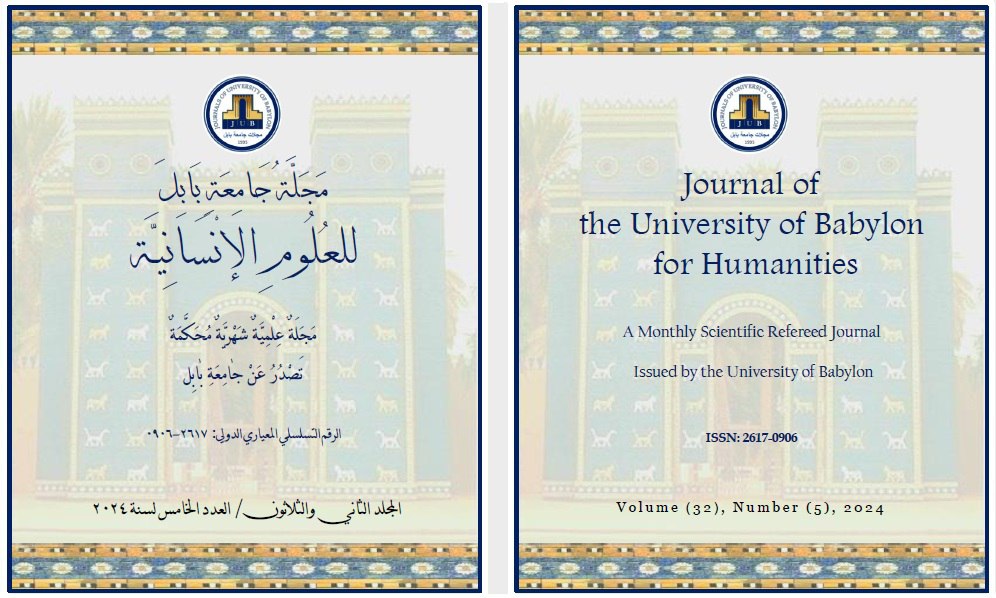Contradictions in the pre-Islamic era - a study in light of Osgood and Schramm's communication theory
Main Article Content
Abstract
This research aims to shed light on the contradictions in the pre-Islamic era, according to the communication theory of (Charles Egerton Osgood) and (Williper Schramm). This is because it is an advanced theory from other theories. As it dealt with the sender and the recipient as the basis for the communication process, while most theories focused on the sender and proceeded in a linear manner, while the Osgood and Schramm communication model is a circular (circular) model. Communication is usually described through a number of main dimensions, including: the message and the source of the message - or the emitter or sender - or the encoder (form) and the channel, and the destination or recipient or target or decoder (destination), and the future. However, (Osgood and Schramm) pointed out that the impact of the message - whatever its type, whether desirable or otherwise - must be taken care of in its goal. Hence, in their theory of communication, both of them paid attention to the active parties in the communication process, so they focused on actions that confer knowledge and experiences, provide advice and orders, and direct questions. Communication carries a social dimension, and is based on the interaction between the sender and the recipient, as at least two interacting agents share a common set of signs and semiotic rules. The interaction between these two factors may take multiple forms in one of the different communication styles. The format depends on the group's communication capabilities. Both the content and form of communications create the messages that are sent toward the destination. It is possible for the target to be the person himself, another person, or another entity, and communication can be viewed as processes of transferring information and social interaction. Contradictions in the pre-Islamic era represented an important aspect of the communication process. It takes the form of a dialogue between the sender and the recipient. The sender intends to produce a text that provokes the recipient, and then the recipient produces a text that is parallel to the sender’s text and carries an interactive character and may also be argumentative. Therefore, our choice of contradictions in the pre-Islamic era was an example of this theory, which examines the interactive aspect between the sender and the recipient and then sheds light on the social aspect.
Article Details

This work is licensed under a Creative Commons Attribution 4.0 International License.

